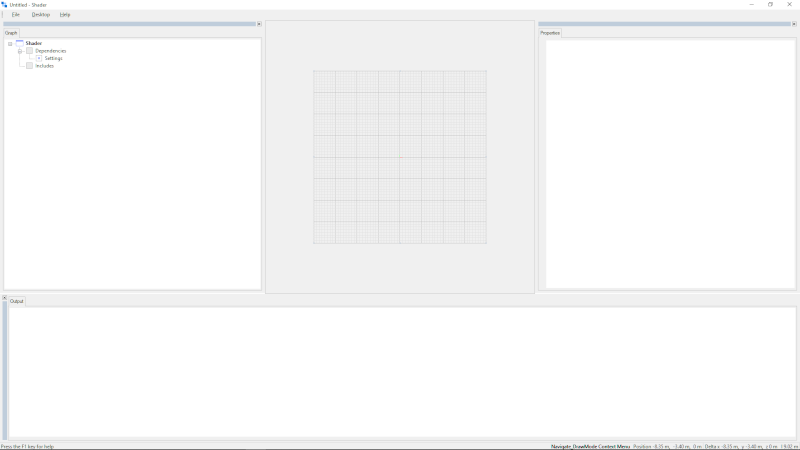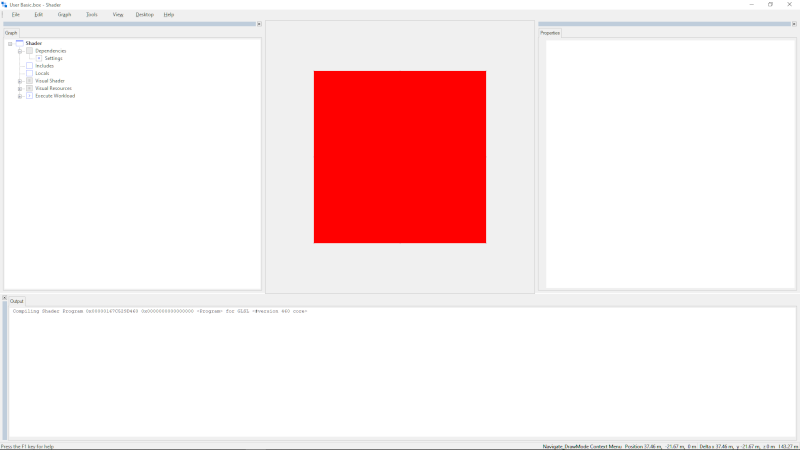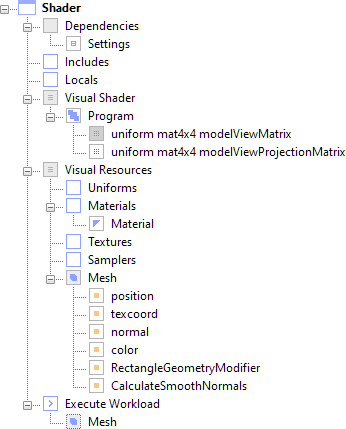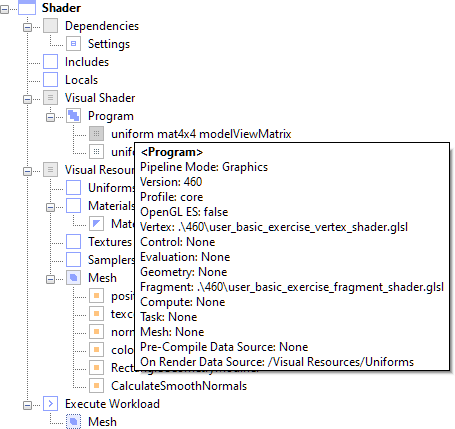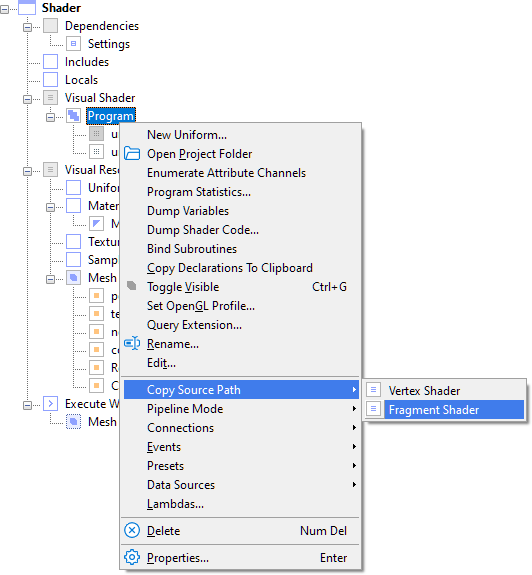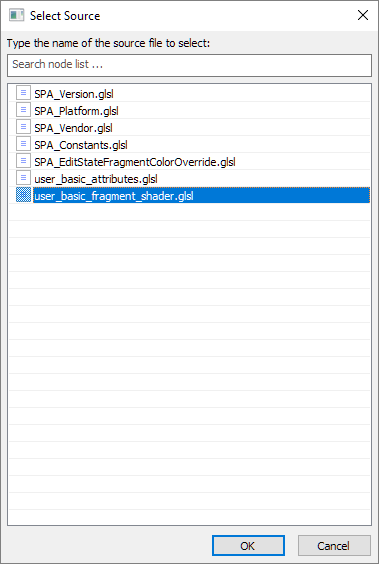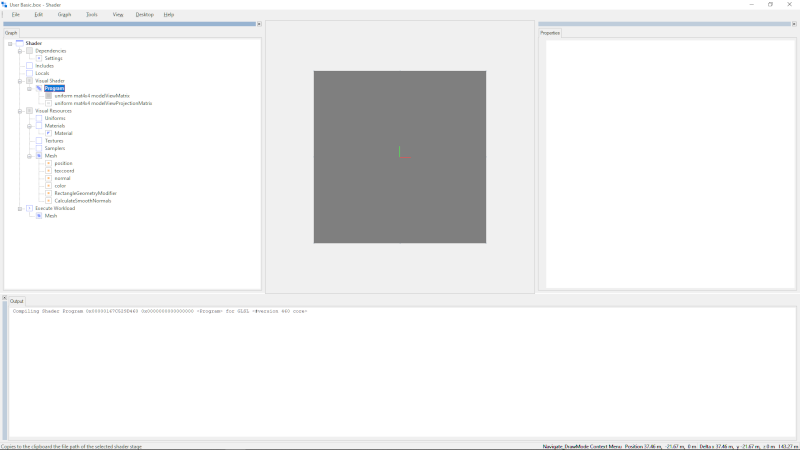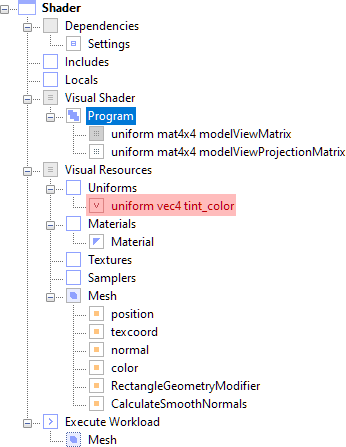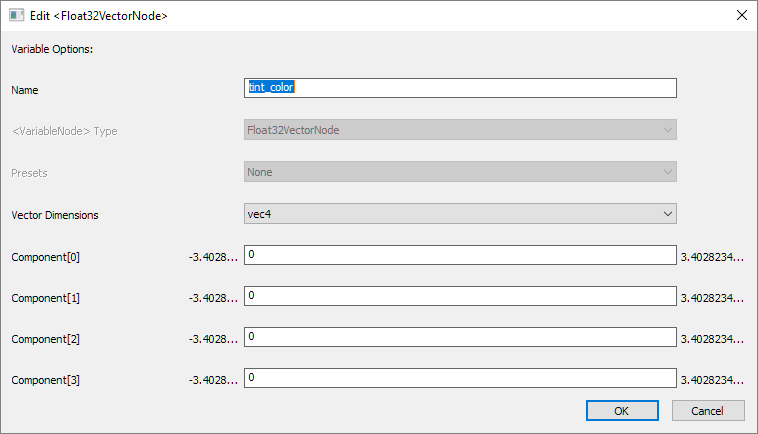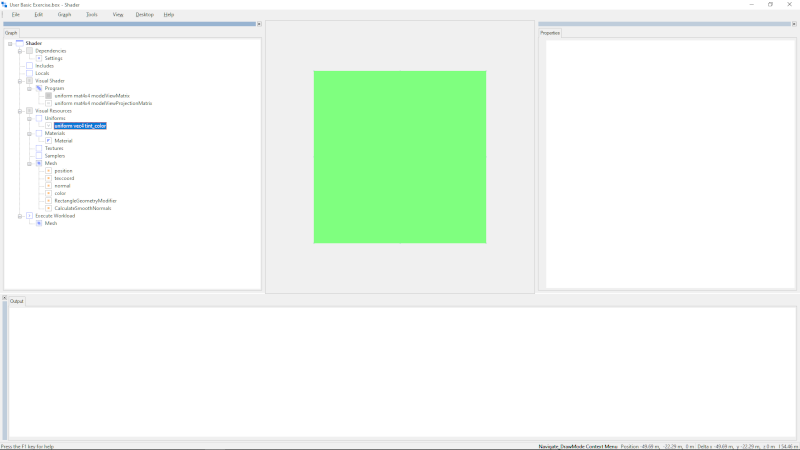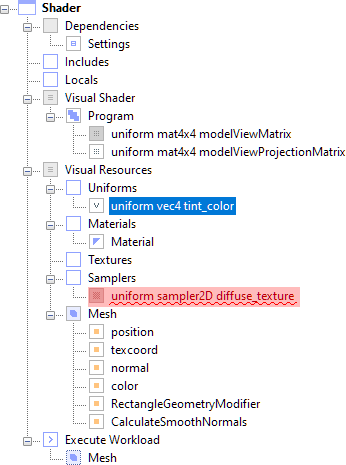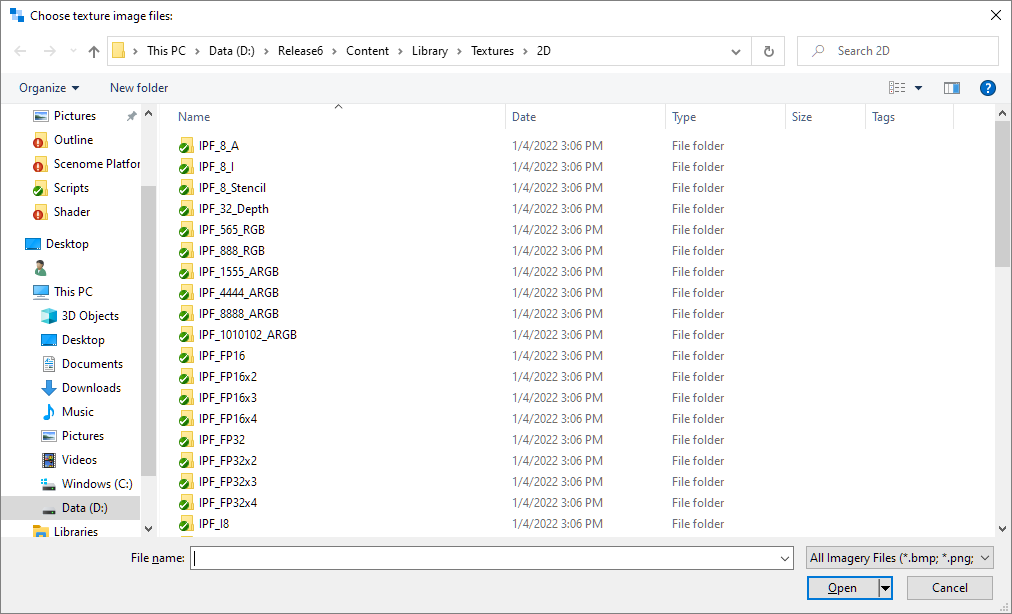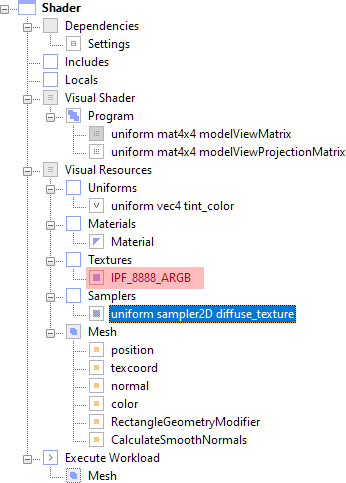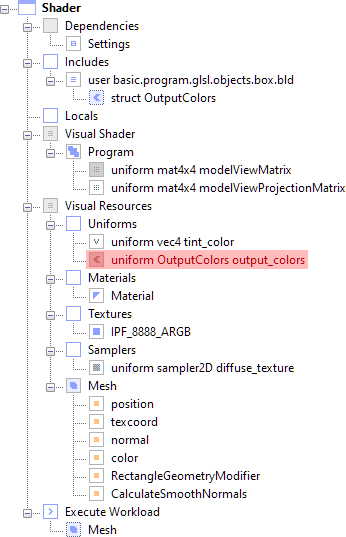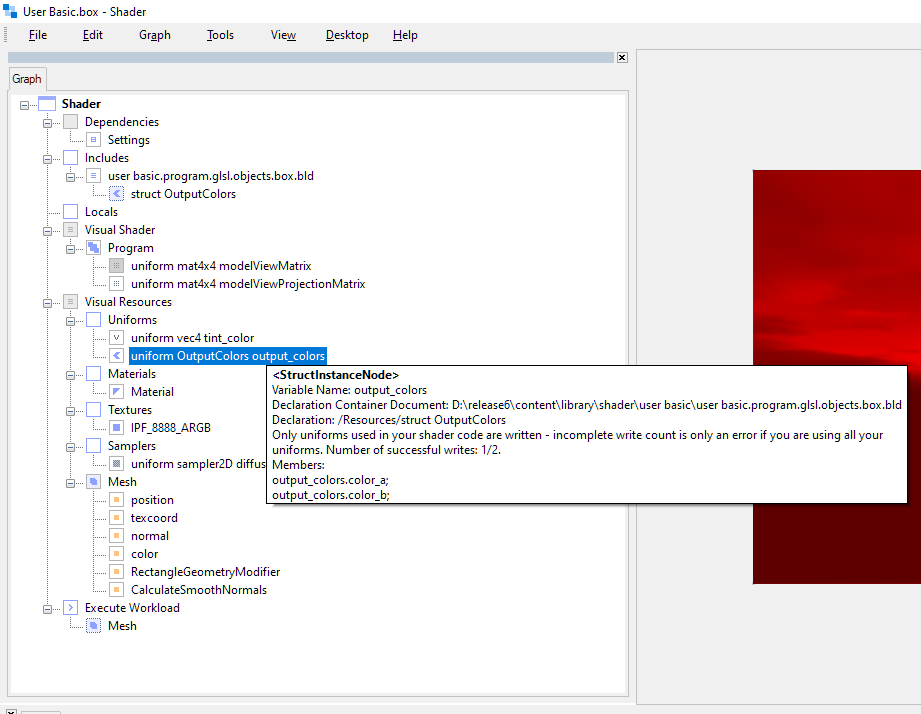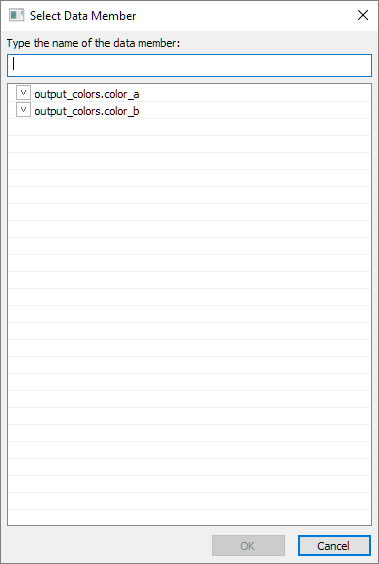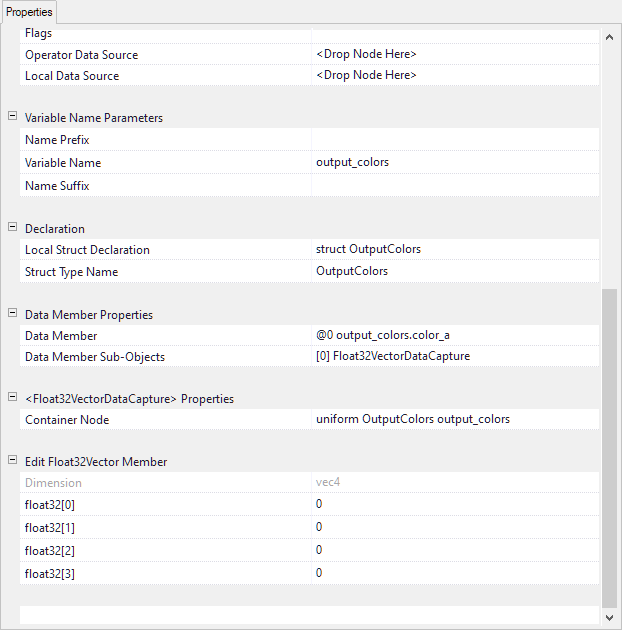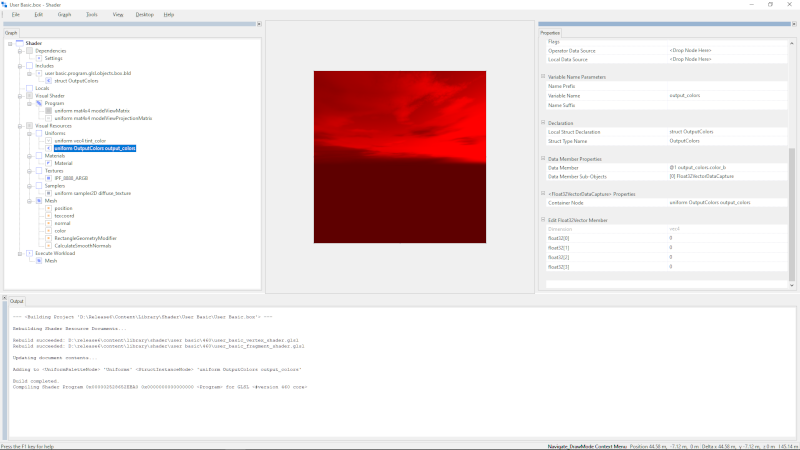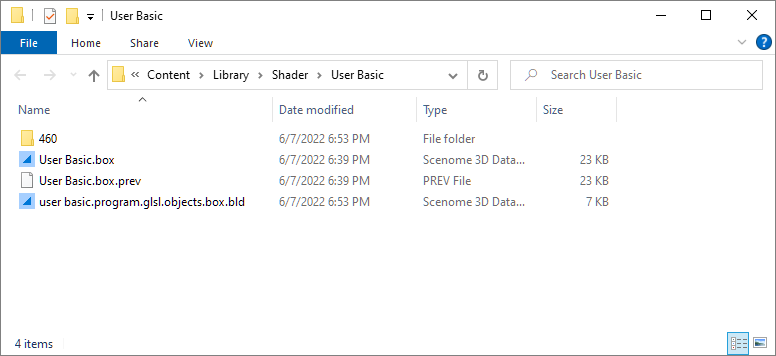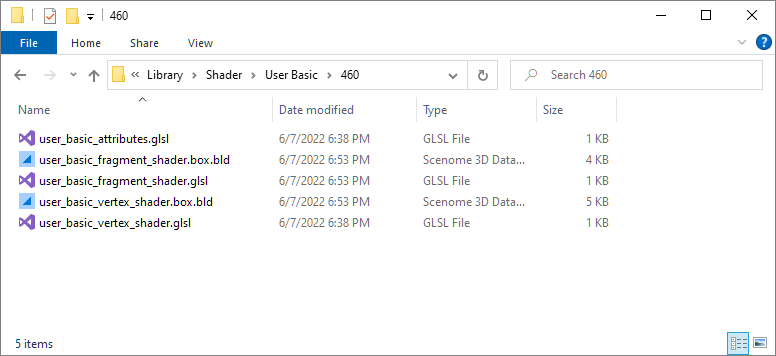Select CTRL + V to paste the fragment shader file path (into the place in the dialog where you specify the file to open) and open the file.
This is the fragment shader. Note that your #version 460 declaration might be different, depending on the highest GLSL version on your machine. You can still
follow this exercise even if the shader code is different. Just follow the steps below and make the same changes in the same locations.
// #version 460
// The version number is automatically injected by the application.
// It is included above for reference purposes only.
#include <SPA_Version.glsl>
#include <SPA_Constants.glsl>
#include <Modules/SPA_EditStateFragmentColorOverride.glsl>
#include "user_basic_attributes.glsl"
in Data { vertexData attributes; } DataIn;
out vec4 fragColor;
void main(void)
{
fragColor = vec4( 1.0, 0.0, 0.0, 1.0 );
SPA_EditStateFragmentColorOverride( fragColor );
}
Scenome supports #include for GLSL. This makes life a lot easier when you're writing shader code. You can
dump the fully assembled translation unit
at any time if you need to see all your shader code, or when you are ready to take the shader code and use it in your own applications.
Notice that there is a line
#include <Modules/SPA_EditStateFragmentColorOverride.glsl> and a corresponding line
SPA_EditStateFragmentColorOverride( fragColor ); at the end of the shader. This is necessary for the
Magnifier draw mode to work. If you're using these shaders for other purposes, you can remove the include
statement and the call to SPA_EditStateFragmentColorOverride( fragColor ).
